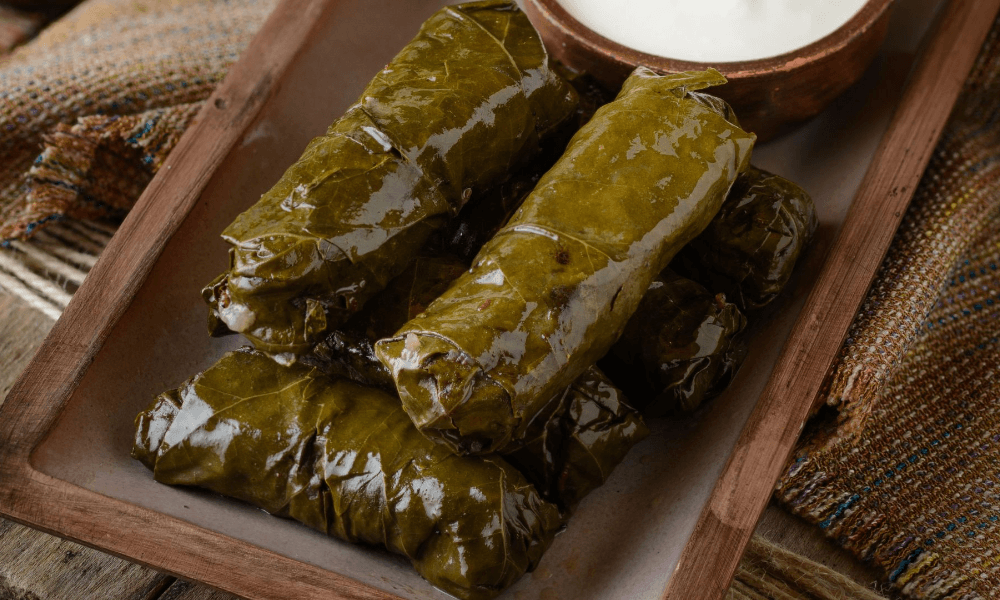
A Taste of Tradition: Exploring the Rich History of Dolma with Stuffed Grape Leaves
Among the many dishes that hold a special place in the hearts of gourmets around the world, tolma stands as a testament to culinary creativity passed down from generation to generation.
During this trip, we will look into the rich history of tolma and discover the secrets of this delicious dish wrapped in grape leaves.
Origin of Tolma
“Tolma” is prepared from both meat and vegetable raw materials, stuffed, and wrapped in “tilli” (from the Urartian word “toli,” which means grape leaf; hence, tolma = a dish stuffed and wrapped in a grape leaf). Over the centuries, this dish has been adopted, adapted, and celebrated in different cultures with various influences.
Cooking Method
The use of vine leaves as a way to wrap stuffing is not only original but also practical, as vine leaves are readily available in regions where the dish is popular. Fresh grape leaves are boiled before being used to cook tolma. A fragrant mixture of rice, spices, and minced veal is carefully wrapped in grape leaves, resulting in a bunch of rolls. Tolma is then boiled over low heat and must be left to infuse.
Cultural Significance
Tolma holds immense cultural significance. This traditional dish, often prepared during holidays and family gatherings, symbolizes unity, heritage, and the transmission of traditions from generation to generation. Making tolma is a labor of love that brings families and communities together as they gather to pick grape leaves and wrap the tolma.
When we explore the rich history of tolma, we understand its most powerful aspect: the collective power of the dish. This favorite dish unites families and highlights the beauty of “gerdastan” (translated into English as “relatives”) in the fullest sense of the word.






